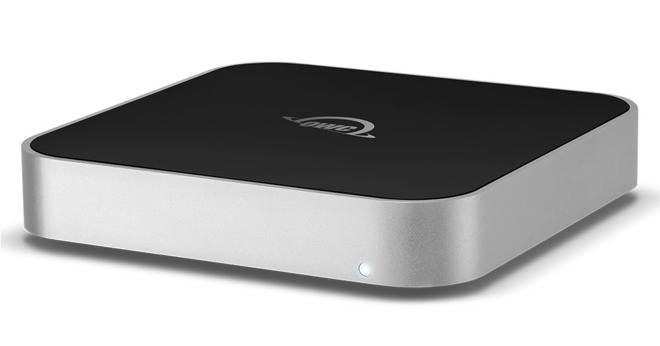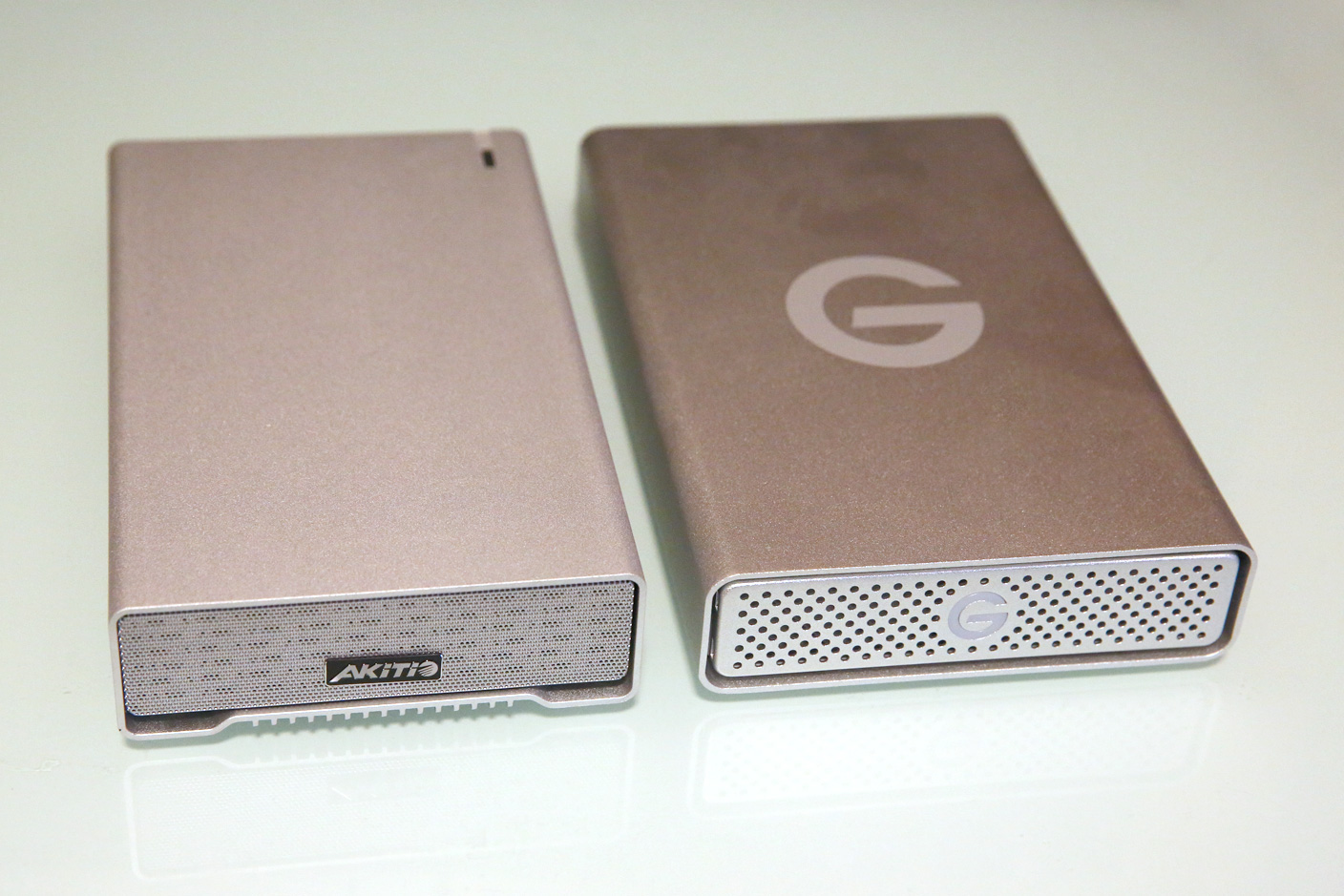
The final Thunderbolt storage option, and the one that is most familiar, is a dedicated enclosure that uses the SATA interface internally to connect to SSDs, hard drives, or optical devices.

#ENCLOSURE FOR MAC HARD DRIVE INSTALL#
Or, if you already have a few SATA SSDs, you can install them in a high-performance SATA to PCIe card and gain a bit more performance from them than you can get out of a USB 3 interface. The PCIe interface can be used to install various types of PCIe expansion cards, but for storage, a PCIe card that accepts one or more SSD blades will provide for a screamingly fast storage system. Enclosures are available that provide a PCIe-based expansion chassis, such as the Mercury Helios 3 (see image below). Pretty helpful when you find your Mac’s ports are all in use.īut we’re just getting started with Thunderbolt’s versatility. Docks are available in various port configurations, but since we’re concentrating on storage, they allow you to use additional USB 3 Gen1 or Gen2 ports to attach additional storage enclosures to. When selecting a Thunderbolt 3 enclosure for storage, you have a few basic types to choose from: a Thunderbolt Dock, such as the OWC Thunderbolt 3 Dock (see image below), which allows you to connect a single cable to your Mac to break out multiple USB 3.1 ports, a mini DisplayPort supporting dual 4K displays, or a 5K display and an HD display, S/PDIF digital audio, a card reader, even a legacy FireWire 800 port. Thunderbolt 3 supports 40 Gbps data transfer speeds, USB 3.1 Gen2 running at 10 Gbps, and DisplayPort 1.2, with support for two 4K streams, and the ability to provide up to 15 watts of power for bus-powered devices, or 100 watts for charging, all wrapped up in a single USB-C connector. Depending on the Thunderbolt version available on your Mac, it can provide data throughput of up to 40 Gbps (Thunderbolt 3), 20 Gbps (Thunderbolt 2), or 10 Gbps (Thunderbolt 1 or just plain Thunderbolt).īut it isn’t just the raw speed available in Thunderbolt that makes it a great choice for storage and other uses it also has the ability to support multiple interface specifications. The Thunderbolt interface is certainly versatile. Either way, you should find some helpful information in our guide to picking an external enclosure. You may need a storage enclosure for optimizing speed, or an inexpensive way to create that backup system you’ve been promising yourself.


Enclosures can have additional functions beyond just housing a storage drive some perform as port multipliers or docks, allowing one interface to be used to provide connectivity through multiple port types. You can also apply this information to purchasing external storage systems that come with drives already installed.Įnclosures can hold a single drive, multiple drives, multiple drives with built-in RAID, and multiple drives of different sizes. We’re going to concentrate on bare or “diskless” enclosures that you can place one or more SSDs in, but the general information can also be used to help select an enclosure for any type of supported storage device, including hard drives, SATA-based SSDs, PCIe-based SSD blades, or even optical drives, to access your collection of DVDs. We’re going to organize our look at external enclosures by the type of connection and the enclosure’s capabilities, and then provide a brief look at what some of the likely types of uses such storage expansion would be used for. One approach that can help in organizing the choices is to think about which enclosure type is best suited to your expansion needs. When it comes to choosing an external enclosure to house an SSD or hard drive, there are so many options that it can be difficult not only to make a decision, but also to figure out just how many possibilities are available.


 0 kommentar(er)
0 kommentar(er)
